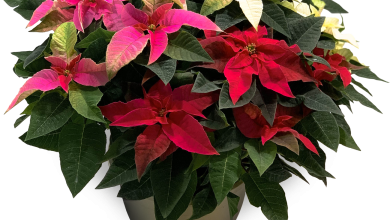White Bugs on Plants: What They Are and How to Get Rid of Them
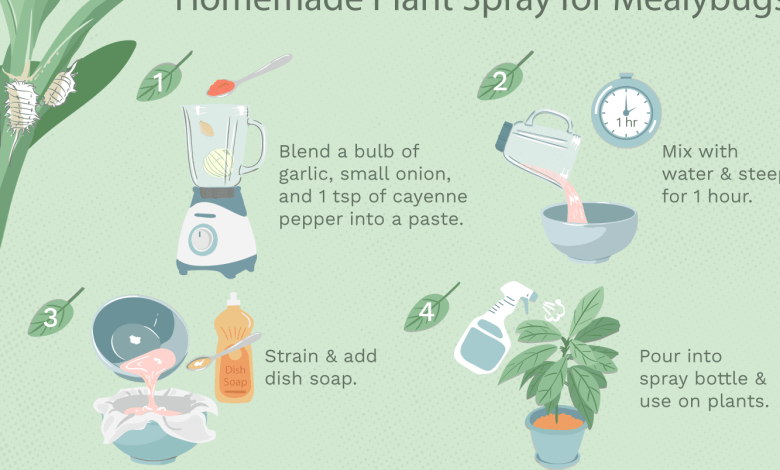
Hello farmers! In today’s article we will talk about the white bugs that we can find on our plants. Last week we learned to identify the main green bugs that we could find in the garden. Today, we change colors, and we will dedicate ourselves to observing the most important white bugs.
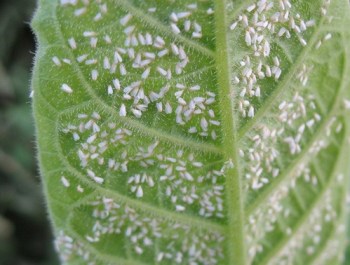
WHITE FLY
Whiteflies, despite their name, are not flies. They are a family (Aleyrodidae) belonging to homopterous insects. There are more than 1500 species and they measure only a few millimeters. They feed on the phloem and are generally located on the underside. Some species produce large amounts of wax or white powder that covers their body and serves as protection. In general, whiteflies are not polyphagous species.
whitefly damage
What these little white critters like the most is tomato, cabbage and cucurbits such as pumpkin, zucchini or cucumber. They like humidity and high temperatures, so they are a frequent pest in spring and summer (and very dangerous in greenhouses).
The main damages they cause to crops are:
- Extraction of sap from the plant. They bite the leaves and these become discolored. The first symptoms are yellow mottles and finally they dry up.
- mechanical damage
- Like aphids, they produce honeydew. This causes other problems such as the appearance of ants that feed on this sugary substance or the appearance of black, reducing the photosynthetic leaf surface.
- They favor the entry of pathogens
- Some species are disease vectors
White fly control
The best control method, as we have said on other occasions, is PREVENTION. Therefore, it is important that you check the underside of the leaves from time to time in order to act as soon as possible.
There are various methods of whitefly control such as chromatic traps, natural predators, infusion of wormwood, garlic, etc. Here I leave you a photo of one of the main natural enemies of the whitefly and that can help us in the garden: Macrolophus pygmaeus.
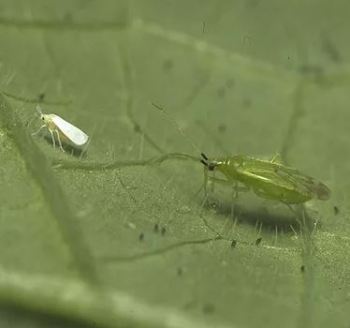
WOODLOUSE
Mealybugs belong to the order Hemiptera (Superfamily Coccoidea). These insects vary greatly in appearance and color. We can find from very small organisms (1-2 mm) with waxy covers, to shiny balls of about 5 mm and covered with mellow wax. Despite this, they are very easy to identify.
The males do not feed on plants and have wings. On the contrary, the females (which are the ones we see in our crops) are larviform, are devoid of wings and are permanently attached to the plants they parasitize.
Occasionally, some species are used in industry to obtain dyes, lacquer or wax.
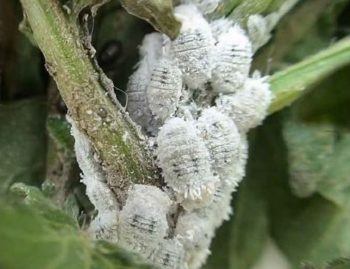
Mealybug damage
They affect outdoor and indoor plants: rosemary, oregano, orange, banana, oleander, geranium, vine, etc. The damage caused is similar to that of the whitefly. Highlighting the injection of substances that cause discolorations, deformations and even galls.
mealybug control
If the plants no longer flower, they begin to turn yellowish and dry up… (something is wrong). The next step will be to look under the leaves and among the stems we will find the mealybugs.
There are several natural predators and parasitoids of mealybugs such as Criptolaemus monteuzieri, Anagyrus pseudococci or Leptomastix algirica.In addition, we can apply color traps or ecological products such as potassium soap or neem oil.
In this post there is more information on how to eliminate the cottony mealybug infestation.
WHITE MITE
The white mite, also known as the white spider, is a species of arachnid (I remember that mites are not insects). It grows in humid areas and low temperatures. It is common for it to appear not only outdoors but also in orchards or crops that are carried out inside our house.
In previous articles we already talked about the damage and control of the white mite.
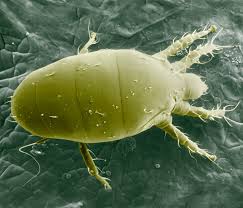
OTHER WHITE BUGS
The whitest beings in nature: Cyphochilus
Next, I present to you a very peculiar little bug. It is said that there is nothing in the world that surpasses the whiteness of this beetle. Cyphochilus achieves its extraordinary coloration thanks to the geometry of a very dense and complex network of chitin molecules.

Silvia Vignolini affirms that we have learned two things thanks to these beetles:
We know how to improve dispersion in a structure by varying its geometry. On the other hand, we have realized that it is not necessary to add whitening particles in the paint to achieve an ultra-white coating.
It is not a major pest for our crops but I had to introduce it to you…
References
- Perring, T. (2001). The Bemisia tabaci species complex. Crop Protection. 20(9), 725-737.
- Faria, M., Wraight, S. Biological control of Bemisia tabaci with fungi. Crop Protection. 20(9), 2001, 767-778.
- McKee, G., Zalom, F. (2009). A model of greenhouse whitefly Trialeurodes vaporariorum (Westwood) population development and management on Camarosa variety strawberry plants.Journal of Asia-Pacific Entomology. 12,(3),117-122.
- Imre Foldi, Paris Lambdin. (nineteen ninety five). Ultrastructural and phylogenetic assessment of wax glands in pit scales (Homoptera: Coccoidea). International Journal of Insect Morphology and Embryology, 24(1), 35-49.
I hope you liked today’s article and, as always, tell us about your experiences in the garden with this type of insect.
Have a nice day!

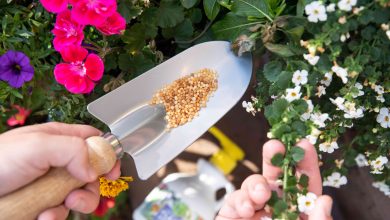

![Photo of Cardón: [Cultivation, Irrigation, Care, Pests and Diseases]](https://www.complete-gardening.com/wp-content/uploads/2022/08/cardon-cultivation-irrigation-care-pests-and-diseases-390x220.png)
